TikTok Shop Launches in Japan Following its Expansion Strategy
TikTok officially launched TikTok Shop in Japan on June 30, rolling out its in-app eCommerce experience to
The potential benefits of multichannel eCommerce are vast if you do it the right way. As an online seller you might agree with the fact that- increased visibility and customer reach to enhanced brand recognition and revenue growth are all outcomes of strategic multichannel eCommerce sales management.
But, hold up! This isn’t about randomly setting up shop everywhere. Navigating the multichannel sphere demands a combination of strategies. Precisely, a well-thought-out plan that takes into account the unique dynamics of each channel while ensuring coherence across them all.
In this article, we will explore the key considerations for growing your multichannel eCommerce sales. The focus is to equip you with insights and tactics to effectively capitalize on this rising opportunity in today’s retail landscape. So let’s dive in!
Each platform has its own set of requirements and characteristics, and tailoring product information accordingly can make a significant difference in your online presence. For example, while a certain platform may prioritize high-quality images, another might place more emphasis on detailed product descriptions.
By understanding these requirements and adapting your content strategy accordingly, you can enhance your visibility and appeal to diverse customer preferences. Moreover, customized product information can also contribute to building brand credibility and trust. When customers perceive consistent and relevant details about your products across different channels, it reinforces their confidence in your offerings. This not only fosters loyalty but also encourages repeat purchases and positive word-of-mouth referrals.
When it comes to multichannel selling, dynamic pricing is a highly effective strategy. This involves adjusting prices in real-time based on market demand, competition, and other relevant factors. By utilizing technology and data analytics, sellers can optimize their pricing across different sales channels to remain competitive and maximize profits.
Another valuable approach is value-based pricing, which focuses on the perceived value of the product or service rather than simply matching competitors’ prices. This strategy allows businesses to emphasize the unique benefits of their offerings, creating a compelling reason for customers to purchase at a premium price.
Additionally, using psychological pricing can influence consumer perception without significantly impacting profit margins. For example, pricing a product at $9.99 creates more impact than pricing it at $10. These subtle yet impactful strategies not only attract potential customers but also encourage repeat purchases through strategic placement across multiple sales channels.
When it comes to multichannel inventory management for online sellers, utilizing centralized inventory management integrations can be a game-changer. By consolidating all your inventory data from various sales channels on one dashboard, you can gain a comprehensive view of stock levels and sales trends. This enables more accurate demand forecasting and helps prevent overselling or stockouts.
Additionally, leveraging automation in inventory management can save time and reduce human error. Setting up automatic reorder points based on historical sales data can help you stay ahead of stock fluctuations and ensure seamless fulfillment across all channels.
When building an eCommerce brand, it’s crucial to recognize the significance of every channel – be it social or sales. Social channels provide a platform for engaging and connecting with potential customers on a personal level. It allows the brand to cultivate a community, share compelling content, and showcase authentic experiences that resonate with the audience.
On the other hand, sales channels are essential for driving revenue and converting leads into customers. Each touchpoint in the sales channel represents an opportunity to guide potential buyers through their purchasing journey.
Moreover, overlooking any channel may result in missed opportunities to connect with different segments of your target audience. By integrating both social and sales channels effectively, businesses can create a seamless customer experience throughout the entire buying process.
CedCommerce is a leading multichannel enabler that helps online merchants expand their business to international marketplaces like Amazon, Walmart, eBay, Google, TikTok, Meta and much more via secure, optimized, and scalable integration tools and technologies.
Utilize CedCommerce’s expertise and comprehensive resources to efficiently manage your inventory and product listings on multiple platforms, ensuring a seamless and productive sales process. Partner with our platinum certified WooCommerce specialists to strategically increase your multichannel eCommerce sales.
Get in touch with our highly skilled WooCommerce professionals to enhance your brand’s growth now.

TikTok officially launched TikTok Shop in Japan on June 30, rolling out its in-app eCommerce experience to

The TikTok Takeover: From Lip Syncs to Checkout Clicks A few years ago, TikTok was

About the Client Shop Name: CrystalHealStore Marketplace: Etsy Focus: Bohemian & Ayurvedic-Inspired Fashion Location: Global
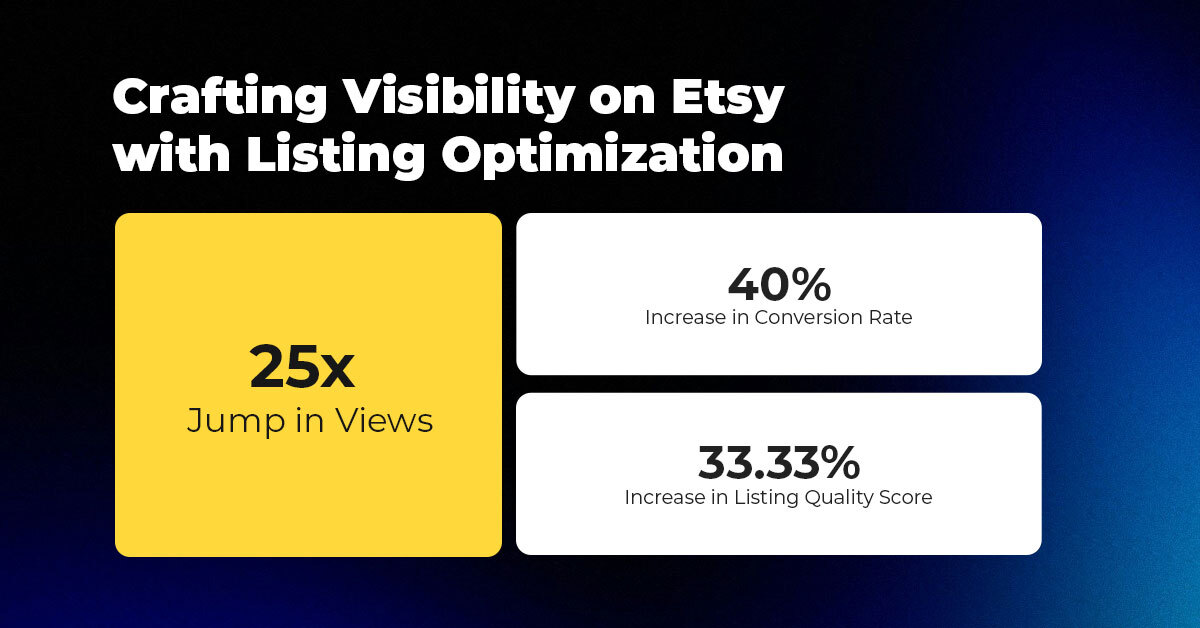
About the Client Shop Name: PinwheelCraftsStore Marketplace: Etsy Focus: DIY Craft Kits for Kids Location:

It just took one Black Friday crash for Gymshark to realize their growth had outpaced
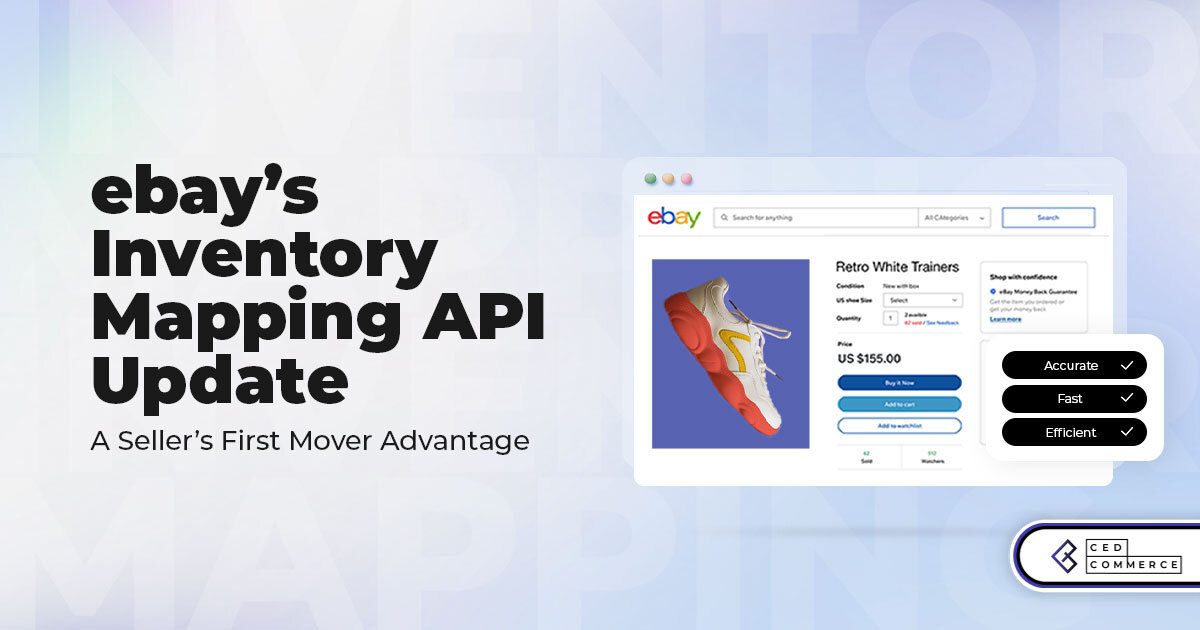
It takes on average 5 to 10 minutes to list a single product on the
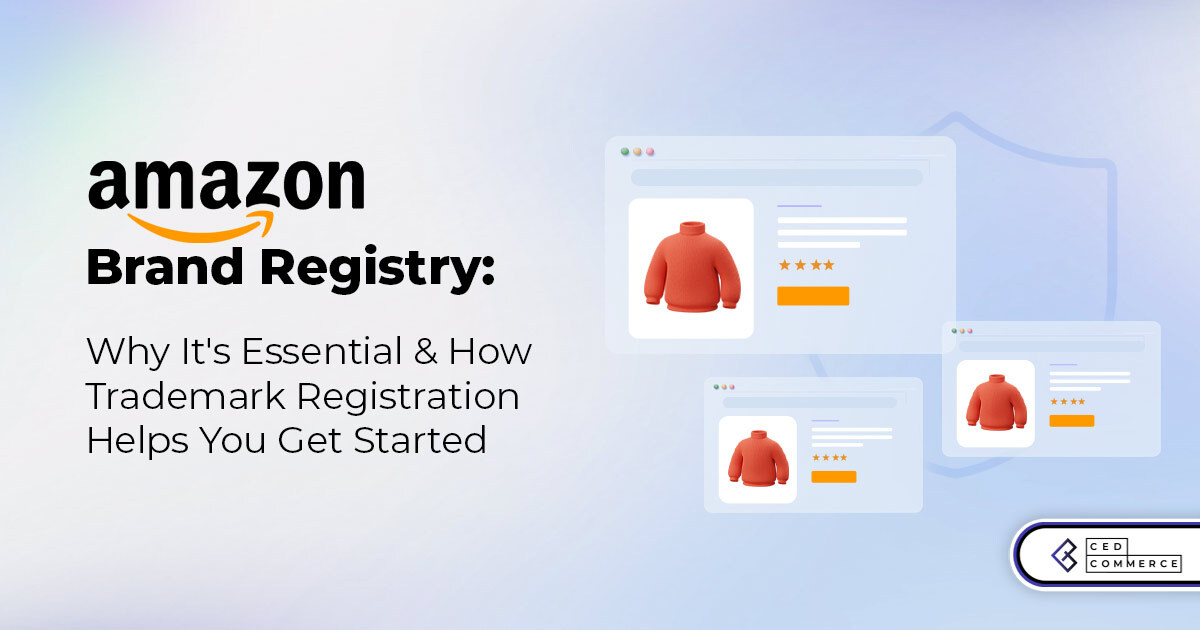
With millions of sellers on Amazon, protecting your brand has never been more important. Counterfeit

TikTok isn’t just setting trends anymore — it’s rewriting the playbook for performance marketing, creative

In a significant development for online retailers, Walmart has officially updated its policies to permit
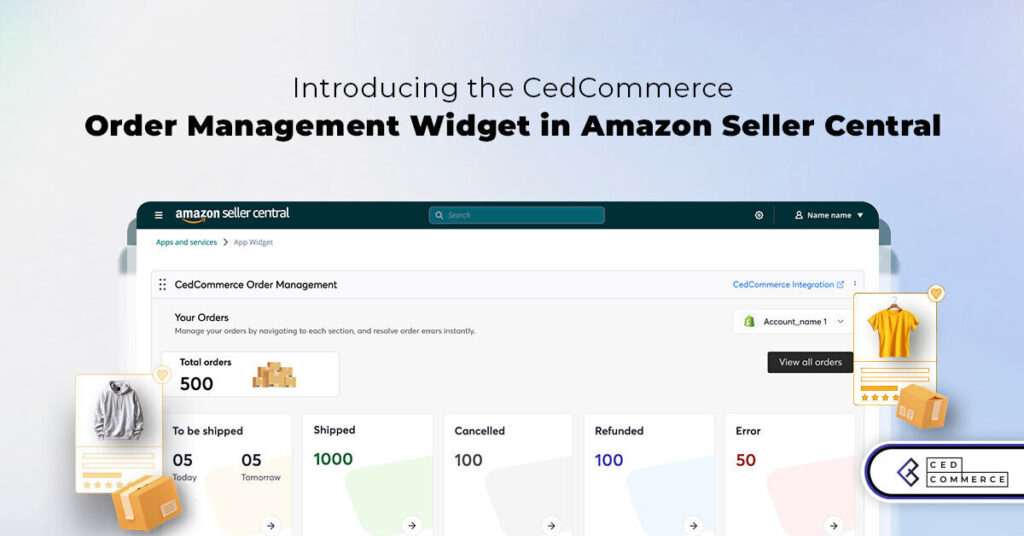
Are you encountering issues with Amazon order management across various sales channels? If so, everyday

A Deep Dive into Selling Smart on TikTok Shop UK, TikTok Shop US, and TikTok

In a world where cross-border commerce fuels eCommerce growth, tariffs are no longer just policy

In the world of eCommerce, visibility is everything—and Walmart Marketplace is no exception. With thousands

In what comes as a major relief for TikTok and its millions of users in

In a move aimed at enhancing product quality and boosting buyer confidence, TikTok Shop has

Selling on Amazon offers immense opportunities, but one of the most crucial decisions sellers face

Amazon is doubling down on AI-driven selling tools, introducing a new AI-generated product enrichment pilot
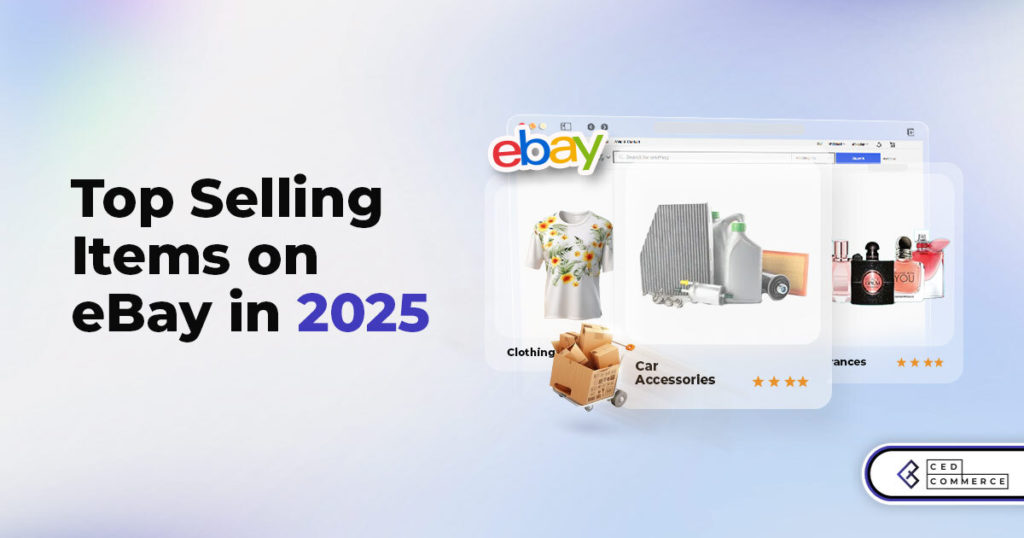
With over 17.6 million sellers on eBay marketplace, cracking the code behind the top selling

Amazon is doubling down on artificial intelligence, introducing the AI-powered ‘Interests’ feature that automatically finds

U.S. President Donald Trump has hinted that a TikTok deal is on track before the